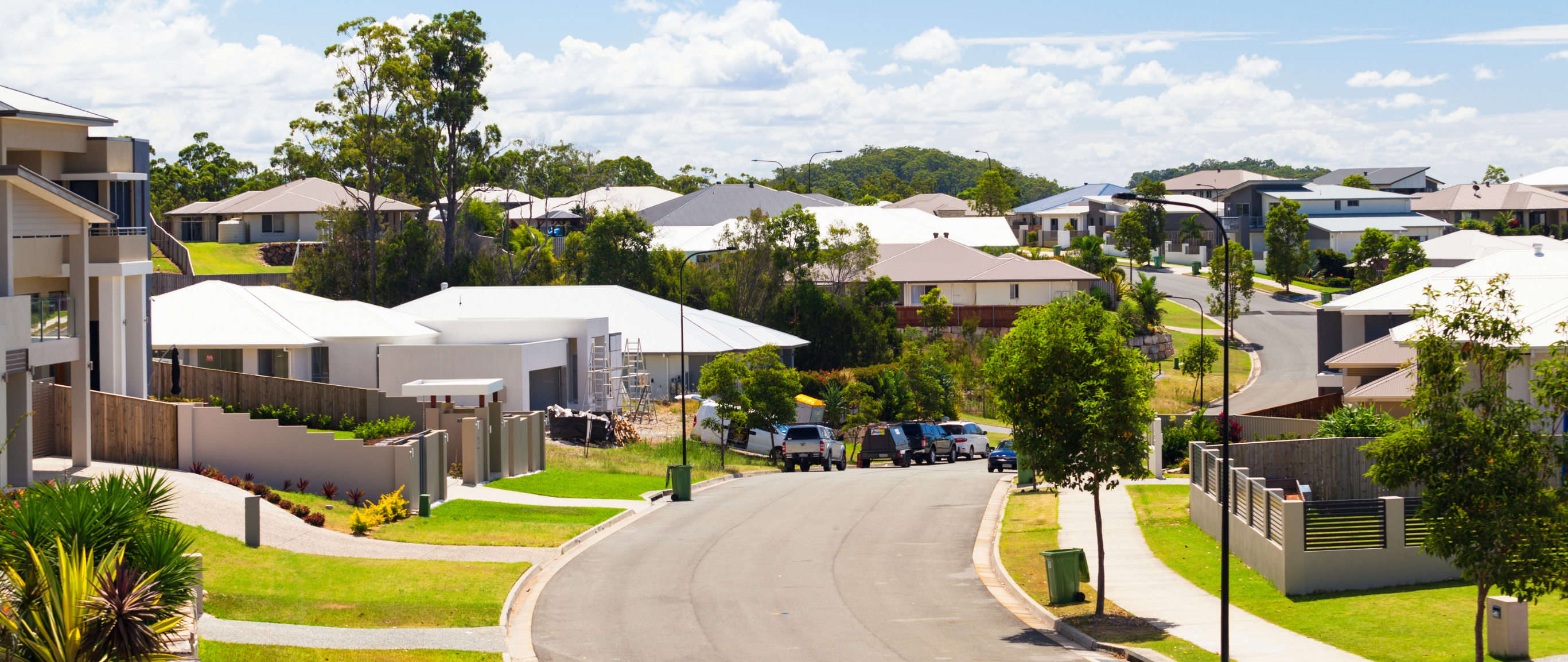Value of Aussie homes tops $11 trillion
It’s official—residential real estate is helping Australians grow their personal wealth. This highlights the value of entering the market as a homeowner or investor.

Australia’s bricks-and-mortar market has reached a major landmark, with residential real estate reaching $11 trillion for the first time. This reflects an impressive increase of $900 billion over the past 12 months, according to CoreLogic’s October Monthly Housing Chart Pack 1 .
Perth produced the highest annual growth, with values climbing by 24.1%, driven by solid demand and limited supply. Sydney, Brisbane, and Adelaide have also hit record highs, with Brisbane up by 14.5%, Adelaide rising by 14.8%, and Sydney seeing a 4.5% increase in dwelling values over the year to September.
But when it comes to real estate, it can be a case of swings and roundabouts. Melbourne and Hobart recorded quarterly and annual dwelling declines, respectively -5.1% and -12.5% below their record highs recorded in March 2022. Meanwhile, regional housing markets experienced a quarterly increase of 1.0%, down from 2.3% in the three months to April, a deceleration to that seen in the capital cities.
What drives property growth?
Whether it’s your first home or your fourth investment, a property is a significant venture. However, if you get it right, it can deliver long–term gains and decent rental income for investors.
But what really drives the value of a property? Let’s explore some essential factors that influence a property’s value.
- Location, location, location
It’s no secret that the old real estate agent’s mantra of “location, location, location” is a key factor in determining property values and long-term growth. But what exactly makes a great location? When house hunting, aspiring buyers should keep an eye on factors such as proximity to transport, schools, hospitals, shops, and entertainment options—think cafes, cinemas, and parks.
Properties with a great view can also be a real winner, providing long-term value. When looking at a property, consider what future buyers will love about it—whether it’s a stunning city, water, or mountain view or even a peaceful outlook over green spaces like golf courses. On the other hand, properties in areas lacking conveniences or outlooks may struggle to increase in value over time.
- The condition of a property
Properties that are well-maintained and feature updated amenities usually attract better prices when selling or renting. Simple steps such as regular maintenance and freshening up the decor can all help boost the property’s value. Many buyers and renters are happy to pay a little extra for a move-in-ready property that doesn’t require immediate repairs.
An investment property that attracts reliable tenants on long-term leases is a great asset. Keeping your property well-maintained and offering features renters want can also improve its attractiveness, ensuring it stays in demand.
- Supply and demand
The theory of supply and demand can play a significant role in property values whether you live in Sydney or a small country town. When buyer demand for properties in a particular area exceeds the available supply of properties for sale, prices naturally climb.
Investors and homebuyers who can spot emerging hotspots—areas where demand is poised to outpace supply—stand to gain from future price growth. A hotspot is often an overlooked location that hasn’t yet caught the eye of buyers, unlike the nearby blue-chip, typically more expensive suburbs or towns. Identifying these areas early can be a lucrative strategy for generating decent long-term returns.
- Infrastructure development and population growth
A major road, railway station, school, or shopping centre could boost buyer or investor demand. When considering a location, it’s generally sensible to be mindful of upcoming infrastructure that could increase a property’s value.
Additionally, population growth can underpin property values. Likewise, locations with employment prospects or new infrastructure developments can attract more residents, further boosting demand for local homes and rental properties.
- Other factors beyond your control
Buyers and investors don’t have a say in the overall health of the broader economy. Yet influences such as economic growth and interest rates can affect property values.
For instance, when the economy is strong, higher employment, wage growth, and consumer confidence can drive housing demand. On the flip side, in downturns, property values may stagnate or dip because of buyer caution.
Likewise, interest rates can also impact property values. When interest rates are lower, buyers can borrow more – a factor that can underpin more substantial property prices. However, when rates rise, as we’ve discovered in recent times, this can limit the borrowing power of investors and homebuyers and sway property values.
Federal, state, and local government policies can also shift real estate values. Changes to tax incentives, zoning laws, or first-homebuyer incentives can affect property values. Investors and homebuyers need to monitor new legislation that could impact the market closely.
- Market sentiment
Market sentiment is another factor outside your control that can impact property values. When home buyers and investors feel confident about the market, property values tend to rise. However, during uncertain times and economic downturns, property values may stagnate. It’s all about the mood of the market.
To learn more about financing your next property move, call the Community First team on 1300 13 22 77, or visit one of our Community First stores.
1https://www.corelogic.com.au/news-research/news/2024/australian-property-market-reaches-$11-trillion-as-national-price-growth-slows

 1300 13 22 77
1300 13 22 77